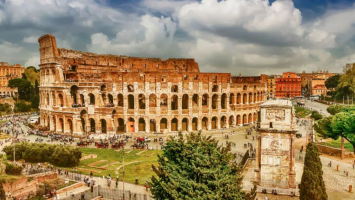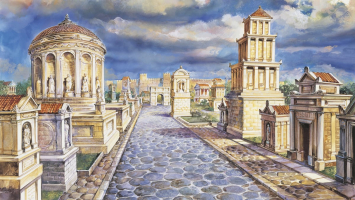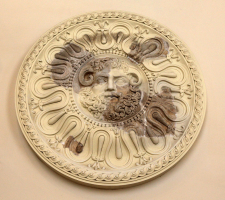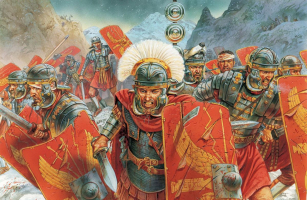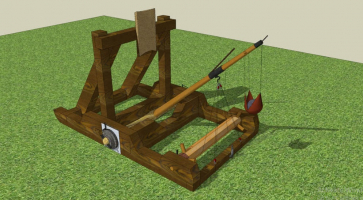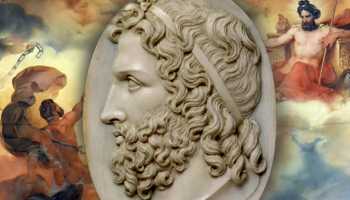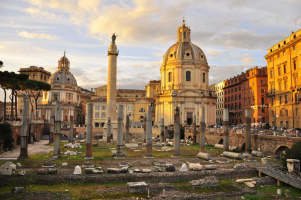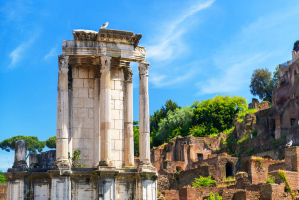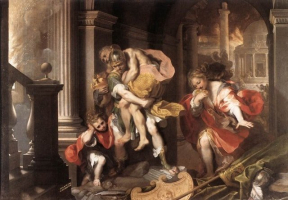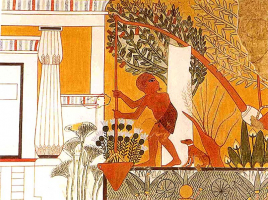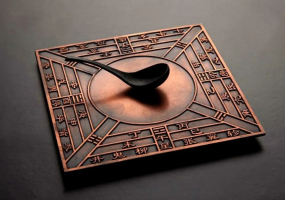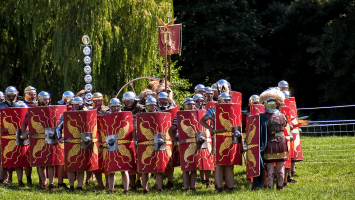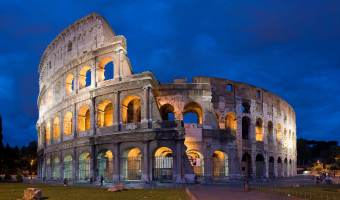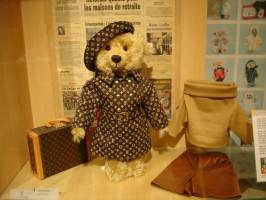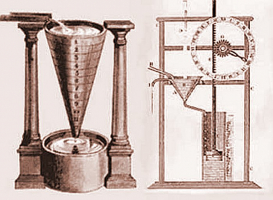Top 10 Ancient Roman Games and Recreation
Roman life was largely centered around otium (fun), rather than negotium (work). They spent their entire lives working for their company, but they also thought ... read more...that being fit and having fun were equally vital. While the lower class farmed and fished, the upper class would be engaged in their power battle. The latter passed down the games that the aristocratic rulers enjoyed, which were probably Greek or Etruscan in origin. The majority of events were placed on the enormous Campus Martius grounds, which served as a playground for all. Young Roman boys and men participated in both violent and peaceful games, but women hardly ever did. The list of Ancient Roman Games and Recreation is provided below by Toplist.
-
The sports cars of ancient Rome were called chariots, two compact wheels-based vehicles pulled by a pair of horses. Homer's account of Patroclus' burial serves as one of the chariot's first witnesses. The Ancient Greeks included it as an important sport in the Olympics. It was primarily a component of the public games (Ludi publici), which were held at Circus Maximus in ancient Rome. This is one of the Ancient Roman Games and Recreation
The four-story Circus Maximus (Biggest Circle) included a sizable racing arena where chariot races took place. At that time, it was nothing less than a historical landmark with room for around 20,000 people. Chariot racing is supposed to have been a fantastic spectacle for the city's general amusement.
With 12 chariots racing in the game, there were four teams or factions with the colors red, blue, yellow, and green serving as their emblems. The spectators wager on the colors rather than the individual racers. The riders were dressed in leathers that symbolized the many hues. There were up to six pairs of horses, although most often there were four or two pairs.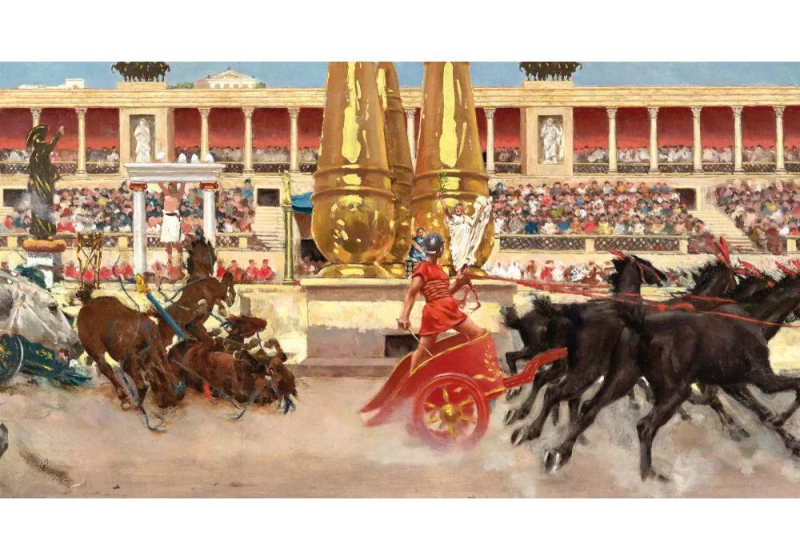
Photo: Wondrium Daily 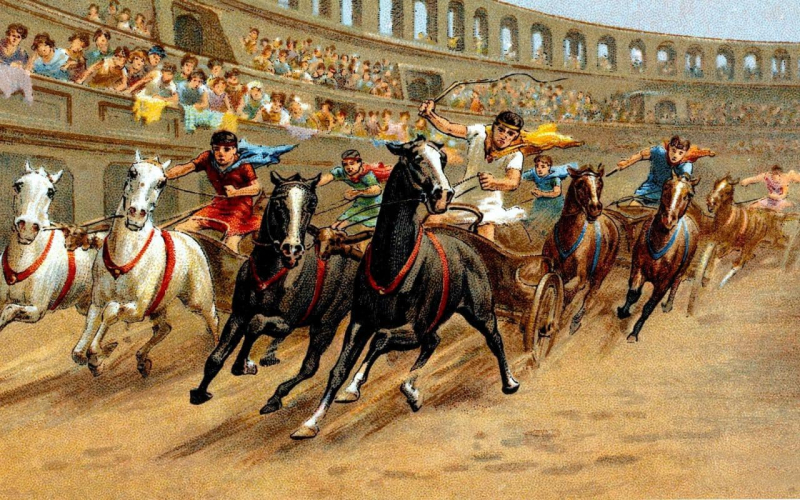
Photo: bestfasr -
Everyone in Ancient Rome, especially the Roman youths, loved swimming as a sport. People would go to the famous Tiber river, which flowed right adjacent to the Campus Martius, to swim and unwind. Swimming was a significant Roman activity and pastime because it was a requirement for boys' education.
The legendary emperor Julius Caesar was an accomplished swimmer. All Roman youths often trained swimming in the Tiber, taking to his talents. It is also reported that certain ladies were skilled swimmers even in ancient times. Gaius Maecenas of Rome constructed the first heated swimming pool in the first century BC.
In Rome, bathhouses featured associated plunge pools, and later, separate swimming pools were constructed away from the bathhouses. Rome built a number of enormous baths, including the Baths of Caracalla and others. Between 212 and 216 AD, Emperor Caracalla constructed the Baths of Caracalla. It also included a library with volumes in Latin and Greek. Apart from the baths, the swimming pools were relatively modest. However, Caracalla's frigidarium was a unique structure with a footprint of 200 by 100 feet. Cicero allegedly grumbled about Pompeii's constrained capacity because it was barely 13 meters wide.
The 13 m x 8 m and 1.5 m deep Stabian Baths were a highlight of ancient Pompeii. On either side, shallow basins were added for washing off before stepping into the pool. Boys, athletes, and even Cicero participated in the fun at the Stabian baths during their free time.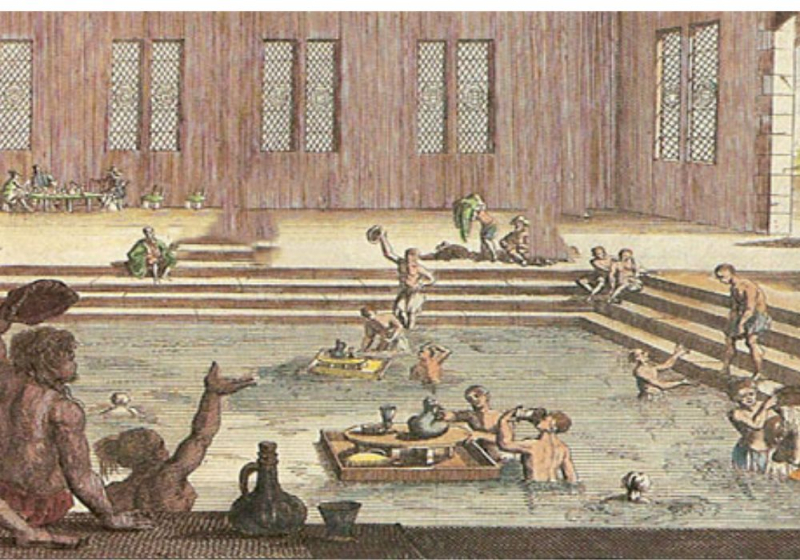
Photo: InTheSwim Pool Blog 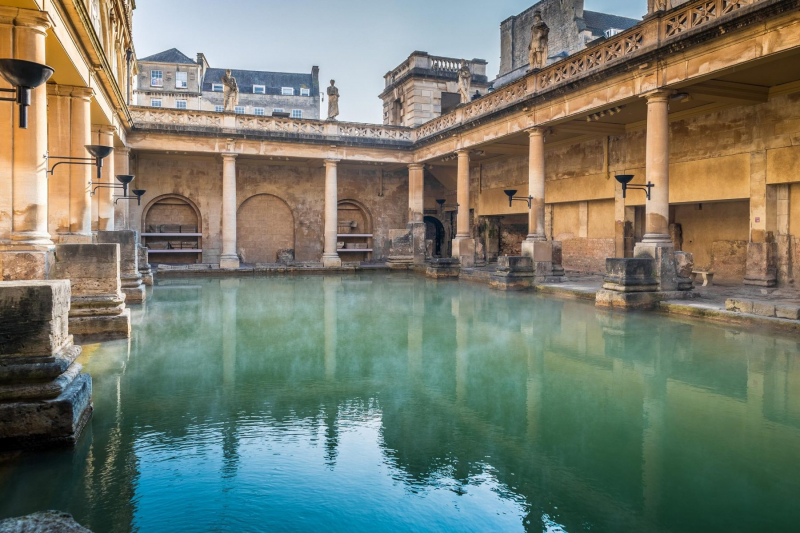
Photo: Clear Water Revival -
All millennials concur that we thoroughly loved board games, one Ancient Roman Games and Recreation, before television and the internet became commonplace. Nothing was more fulfilling than a challenging game of ludo or chess. And it's likely that we would still be playing board games in the future even if all of these modern conveniences suddenly disappeared. Board games are loved by many people besides only us. It was a popular pastime in ancient Rome as well.
Dice, tic tac toe, marbles, checkers, chess, and other board games were common in ancient Rome. In the dice game known as tesserae, players took turns rolling the dice and placing wagers based on the outcomes. The dice were rolled by the Romans in a cup, much like today. There were three dice, as depicted in the Roman wall paintings.
Another game similar to tic-tac-toe was called "rota" (wheel). Anywhere they went, they could doodle this simple game. Terni Lapilli was another comparable game that was played in the first century BC. The ancient Roman marble game known as Nux (nuts) has been described in writing. Some even assert that Romulus Augustus the Emperor enjoyed playing with marbles when he was little. They were fashioned of clay, glass, or stones, and were especially well-liked by kids.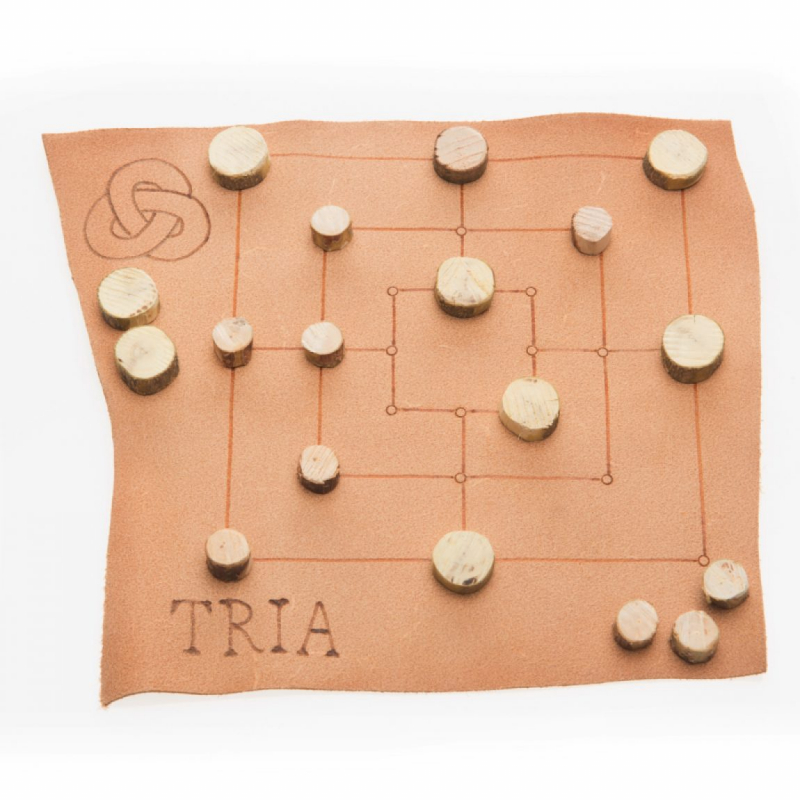
Photo: History Games 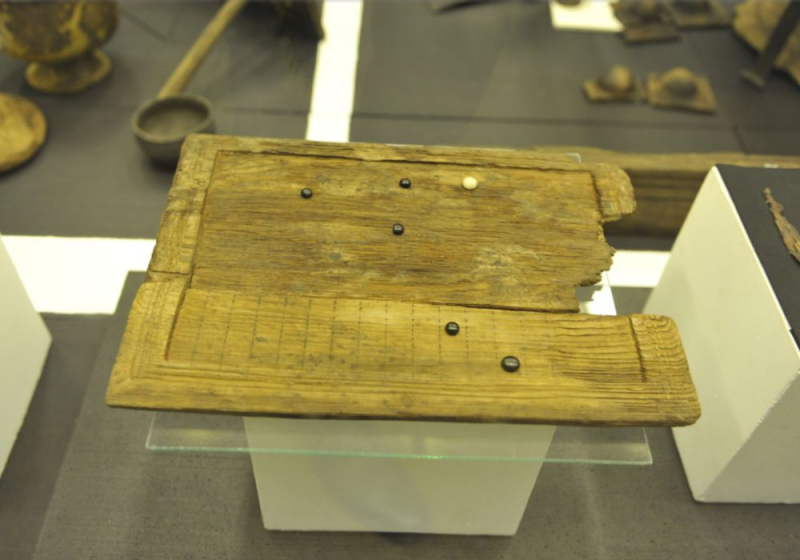
Photo: Smithsonian Magazine -
The first Roman Emperor Augustus adored this pastime, whether it was a brutal street battle or a sanctioned boxing match. Wrestling and boxing were two of the most popular flexes in the Roman era because they allowed people to display their muscles. The combined name of the sport was Pankration (with all might or force).
Three simple rules applied: one was to refrain from hurting your opponent's eyes, two from hitting their genitalia, and three from biting them. The players were not subject to any time restrictions, rounds, or gloves. As soon as someone raised their index finger, the game was ended or it was clear the player was unable to continue.
It was considered fair play, but there was a referee to prevent any violations of the rules or human casualties. The players, however, engaged in bloody combat in an effort to win. The opponents were occasionally even injured or had limbs severed. Boxing extends all the way back to around 1200 BC, despite being a well-liked sport in ancient Greece and Rome.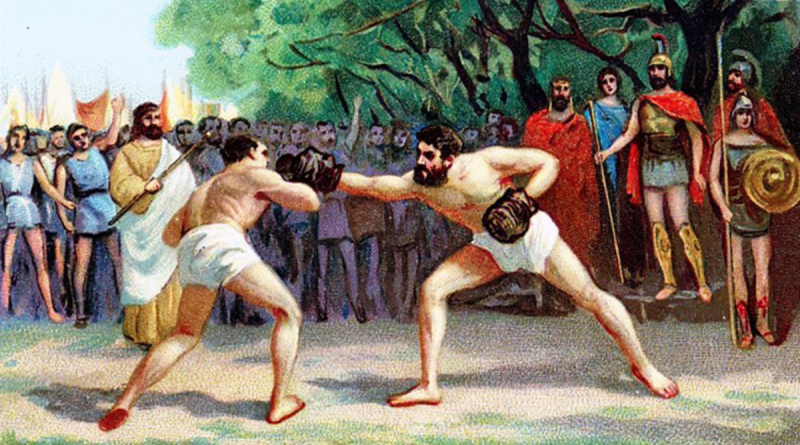
Photo: SI Kids 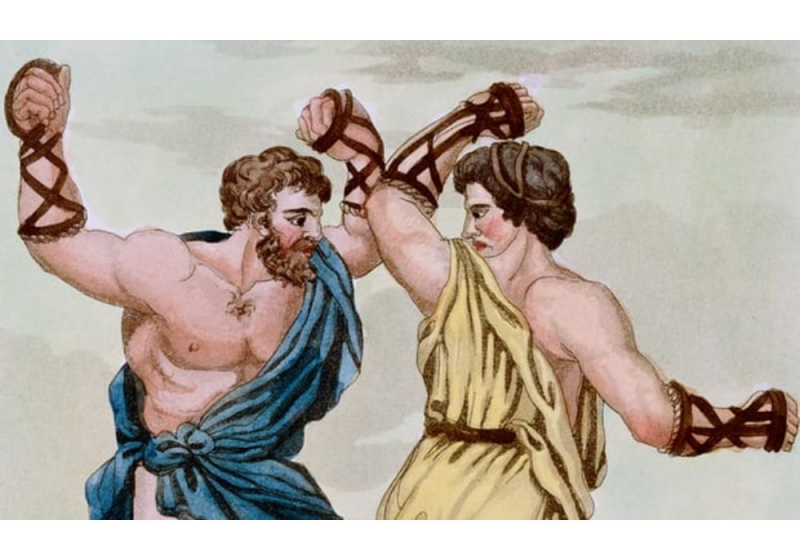
Photo: IMPERIUM ROMANUM -
Paintings and sculptures from the time of ancient Rome's fishermen still exist today. Additionally, fishing and eating fish appear frequently in the works of the ancient writers. A lot of the tombs and murals include fishing scenes. Without it, it would be quite difficult for us to imagine what life was like for fishermen three thousand years ago.
The baskets and fishing equipment were constructed from willow branches. Additionally, they were caught with harpoons, hooks, and lines, as well as fishing nets for smaller fish. The hooks range in length from eight microns to eighteen centimeters. Copper was the material used for their fish hooks, although bronze grew more popular over time. There are numerous images of fishing in Old Kingdom tombs. They used pork, bread, or tiny pieces of dates as bait. Artificial bait was never utilized by the Romans as fishing bait.
When a fish was caught, it was killed with a club before being collected in baskets. They ate a variety of fish, including catfish, eels, elephant fish, etc. While fishing is more of a pastime today, it was a significant occupation during the Roman era. Their primary source of nourishment was fish. Animal hunting in the wild was an exciting sport, too. Rome was home to wolves, bears, wild boars, deer, and goats. They all used Pugio, the Roman dagger, to hunt their prey.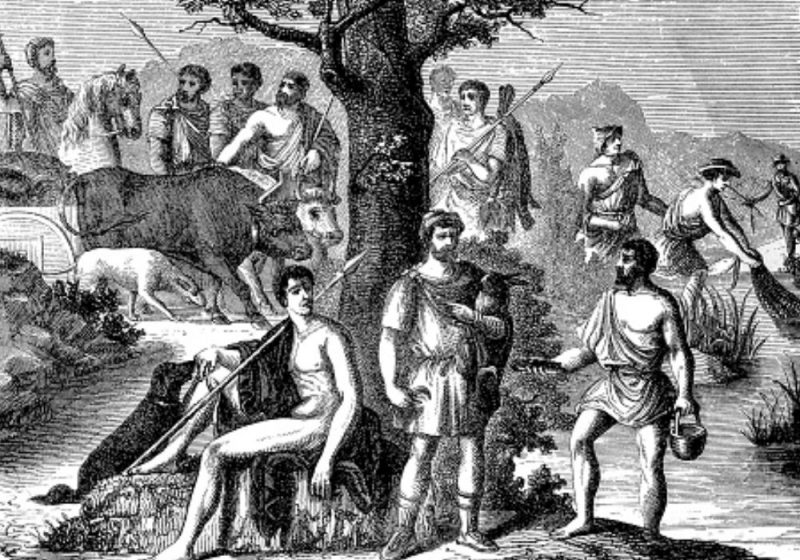
Photo: iStock 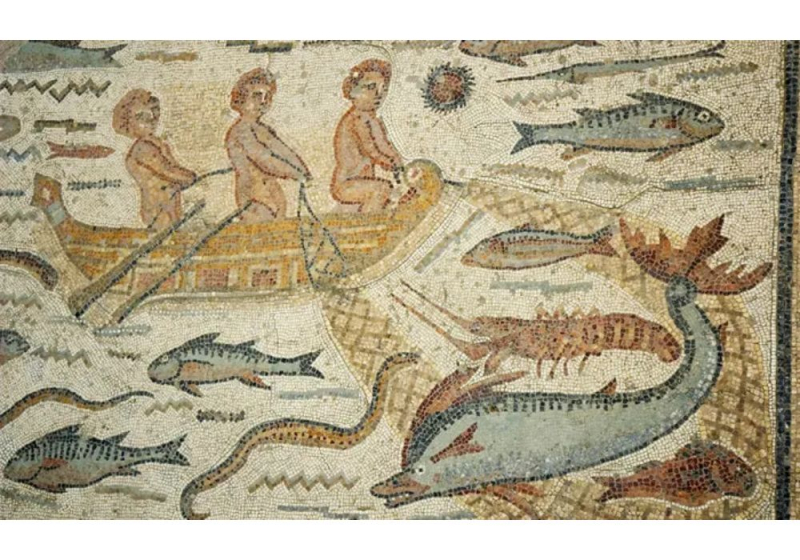
Photo: The Guardian -
Romans are renowned for playing a variety of balls for recreation and physical fitness, one of the Ancient Roman Games and Recreation. It specifically came in three varieties: pilla, follis, and paganica. The follis, which was larger and inflated, can be recognized as a precursor to football since the pilla was a small hand-held ball that was very well-liked. Similar to how the paganica was discussed in ancient books without providing crucial information about it.
Instead of kicking the balls, the boys and men preferred to pass and catch them. Although they also passed it around with a stick, throwing was their preferred flex. Romans throwing balls at each other at Thermae Titi (Titus' Baths) is depicted by the artist Fabullus as evidence of how popular it was. The gymnasium or the bathhouses were where they played ball the most. Even the sick were encouraged to play ball to heal by their doctors.
The most popular dodgeball game in Rome was called harpastum, a Latinization of the Greek verb "to snatch." Even while we don't know much about the regulations, we do know that it called for a lot of energy and agility. Numerous historical records of this game raise the possibility that it was similar to rugby as we know it today. In order to play harpastum, a pilla was utilized. A tombstone depicting a youngster holding a miniature harpastum with hexagonal and pentagonal designs like a football may be seen in the Croatian town of Sinj.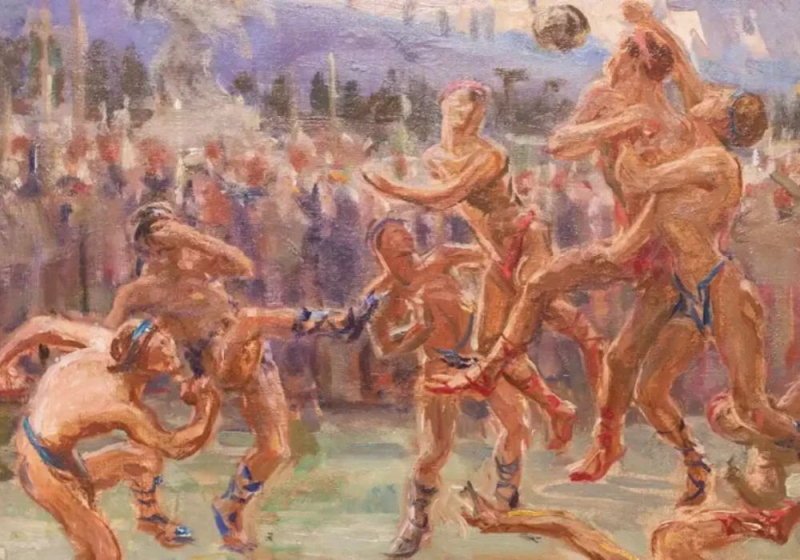
Photo: History of Soccer 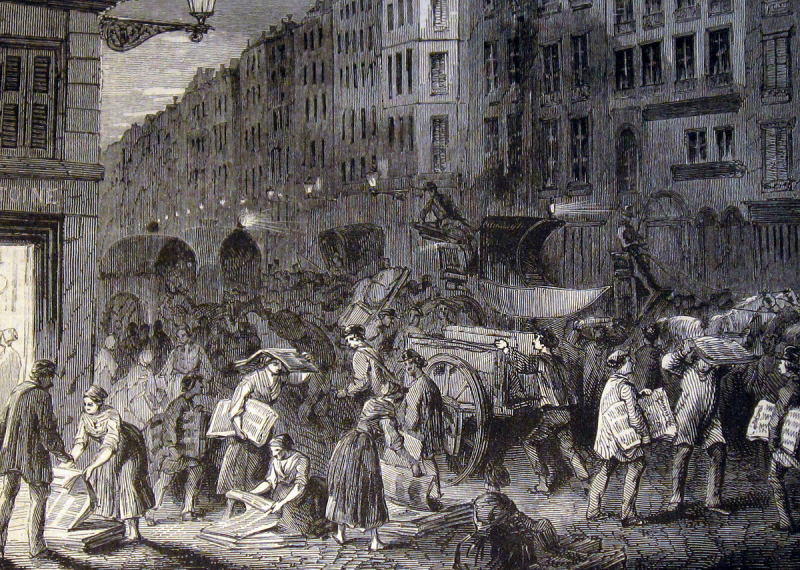
Photo: Pinterest -
50,000 spectators at Rome's Colosseum, which initially opened in 80 CE, either praised the gladiators as heroes or mocked them as losers. On the days of the gladiatorial contests, the city would be empty, but the night before the combat, the streets would be alive with chatter. When two men confronted each other with swords drawn, they knew that one of them was going to die.
The most popular and eagerly awaited sporting events in ancient Rome were gladiatorial contests. On sweltering summer days, the crowd would shout and yell as the swordsmen tossed more than just dirt into the arena. The swords would clash, slash, and outperform one another. The defeated would be ruthlessly executed if the audience did not enjoy his performance; else, he would be spared another day. In Rome, enjoying death was a form of entertainment.
Roman gladiators were acquired slaves, POWs, or criminals who were occasionally forced into savage killing in order to gain freedom. Occasionally, women offered to fight as gladiators in order to gain freedom. It was not just for fun; it was also a political ploy to bind the popular mandate. The Roman emperor demanded the highest level of allegiance from the populace in exchange for giving them what they wanted. Thus, gladiator games were more nuanced than merely a morbid obsession.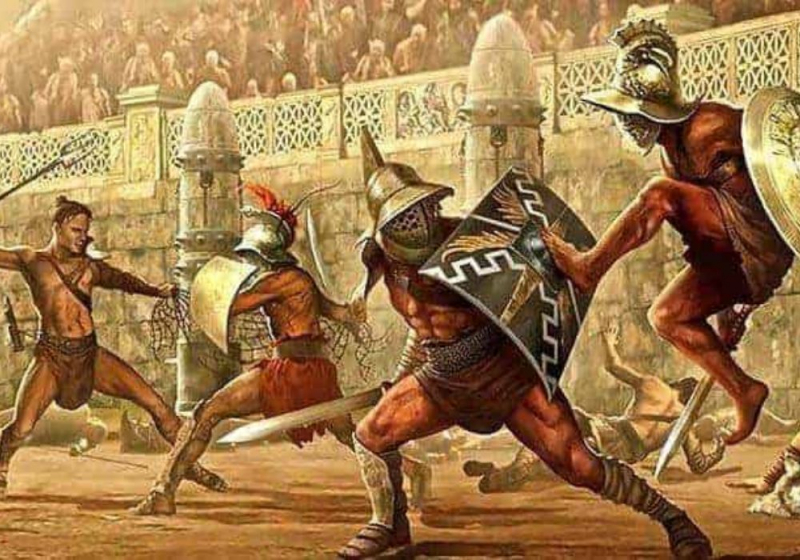
Photo: History Collection 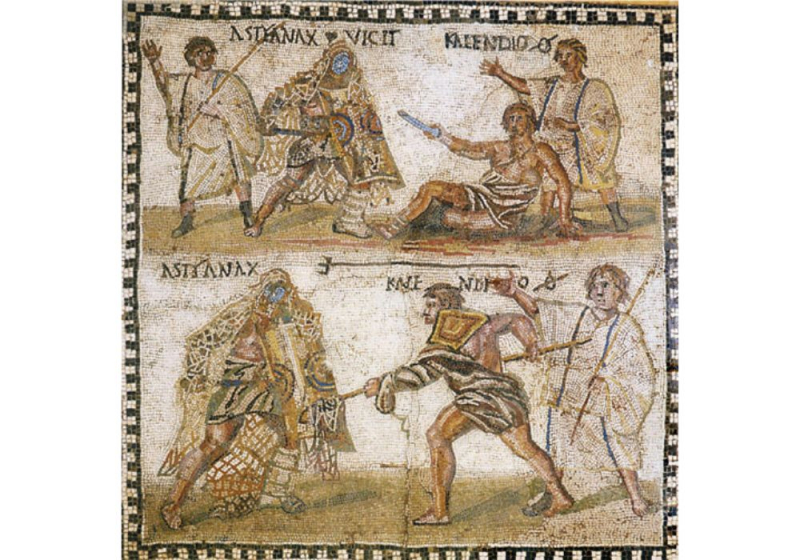
Photo: History Today -
The Ancient Rome theater, which had its roots in Ancient Greece, infused new life with its expansive venues and subtle theatrical flourishes over time. Acrobatics, street performances, nude dance, articulated tragedies, and other forms of art may be seen. Professional musical and theatrical productions have been presented at every public and religious festival since the rise of the Roman Empire.
Another Ancient Roman Game and Recreation is Ludi Romani, which is sung as an homage to Jupiter. The Roman calendar was crowded with numerous public and religious holidays, suggesting that Romans frequently experienced great artworks. Even today, the same kinds of ancient Roman plays are linked with mimes, melodramas, circus acts, comedies, and tragedies. Their sets were opulent and beautifully made. Their costumes and accessories, including the clowns and other clichéd figures, cost a lot of money. Several provinces have declared bankruptcy as a result of the high costs.
Roman tragedies expressed one's love for oneself, the glory of God, and the dignity of the deceased. These were the main issues of everyday living in ancient Rome. So, the theatrics were a reflection of their actual existence. The Estruceans sent the Romans Livy around 364 BC, making it the oldest musical performance of the Romans. Similar to that, some of Terence's well-known comedies are The Eunuch, The Mother-in-law, and Adelphi: The Brothers. However, Seneca, who elaborated on the Greek models, is the most well-known playwright. His works broadened the horizons of Roman playwrights and were compelling dramas. As a result, the audiences are kept on the edge of their seats and wanting more.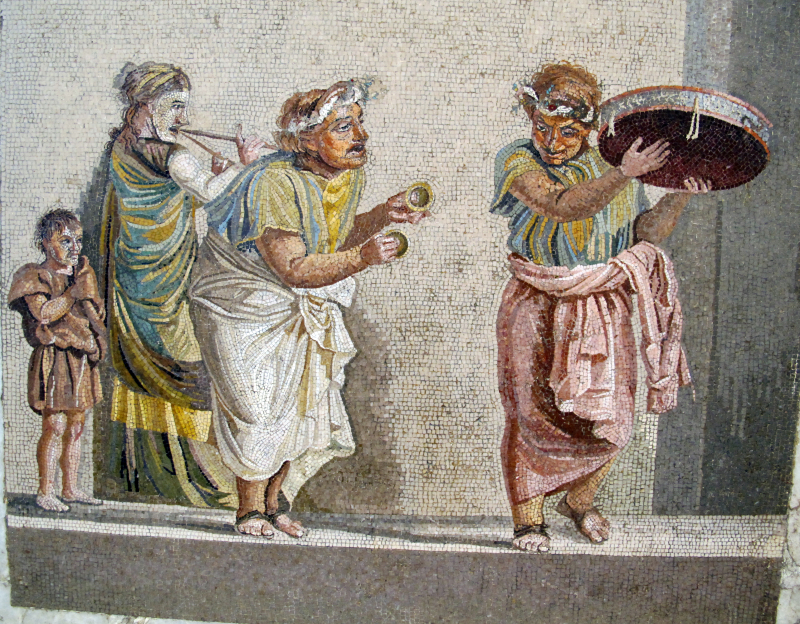
Photo: Wikipedia 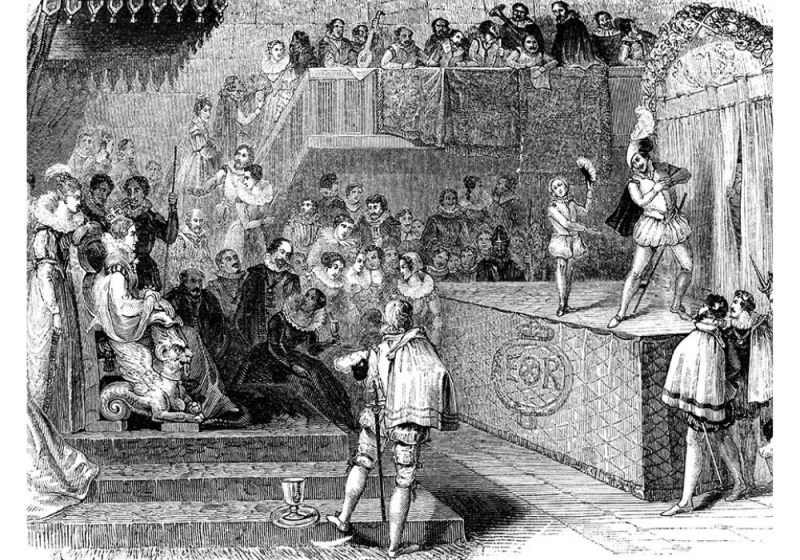
Photo: Encyclopedia Britannica -
Ancient bloodsports in Rome were both a sort of amusement and a warning against wrongdoings committed with violence. Executions, ritual killings, gladiatorial combat, venationes, and other brutal sports were popular during the Roman era to establish who was in charge. The greatest form of human delight was gory, terrible bloodshed.
Both upper-class and lower-class spectators observed the brutal killing of a man. In the case of the later, they believed they were deserving enough to integrate into the community they lived in, whilst the former saw it as a matter of power. It also contributed to Rome's establishment of law and order. Public executions were carried out to terrorize bystanders.
Furthermore, the ritual executions based on religious events were also carried out in front of a sizable crowd. As was already mentioned, gladiatorial combat strengthened both the people's and the emperor's trust in one another. A sort of entertainment that elevates the norm is venationes. Wild animals like wild boars, elephants, and other creatures were occasionally put into the arena alongside the gladiators to excite the crowd. It would produce a brutal and naturally aggressive image that could elicit a riot from the audience. Killings, blood baths, and heroic victories in blood sports would drive people insane.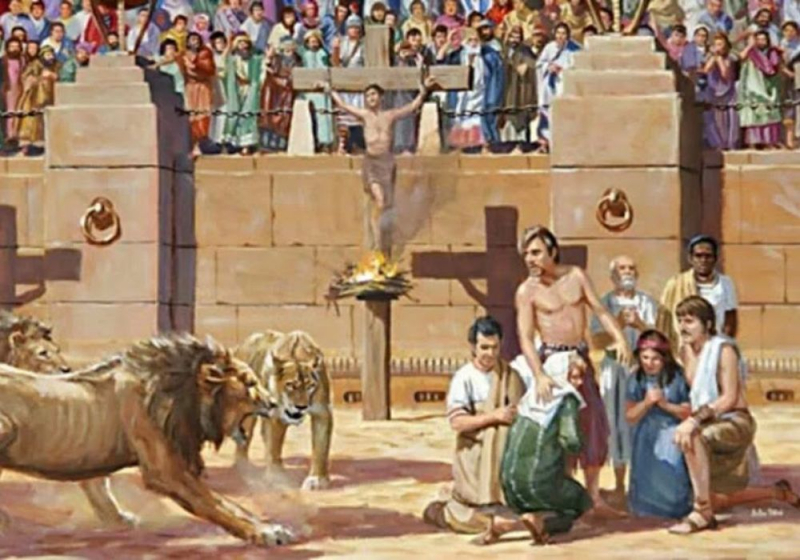
Photo: walleyhistory - WordPress.com 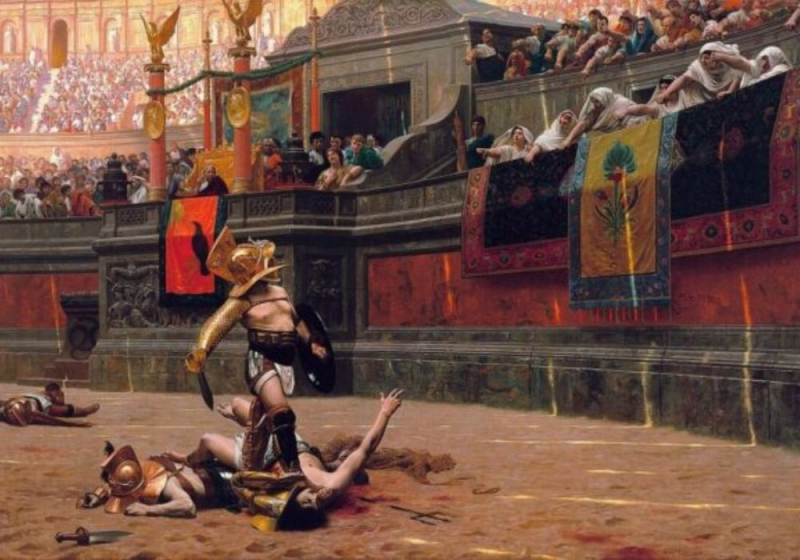
Photo: Intellectual Rabbit Hole -
At the Campus Martius, the boys and men would line up for a competition. It offered the perfect setting for holding running competitions. Boys would usually enjoy jogging in the fields, not older males.
They frequently ran naked and barefoot. It has been a main kind of entertainment for people all over the world since its invention during the ancient Greek era. Running was a sport that the Romans took seriously. Because they were not allowed, women were not visible in the scene.
They even used it in military instruction. Their everyday routine included it since it helped to develop their bones and muscles. Moving feet was the easiest and most exhilarating activity in history, whether it was running, shoving, or racing. Track and field eventually developed out of it, and universities began to offer it as a course of study. The Olympics and the Romans are to thank for this.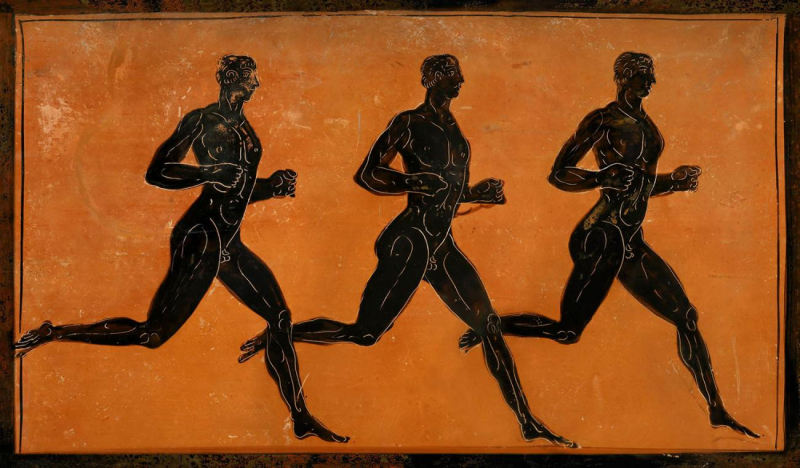
Photo: British Museum 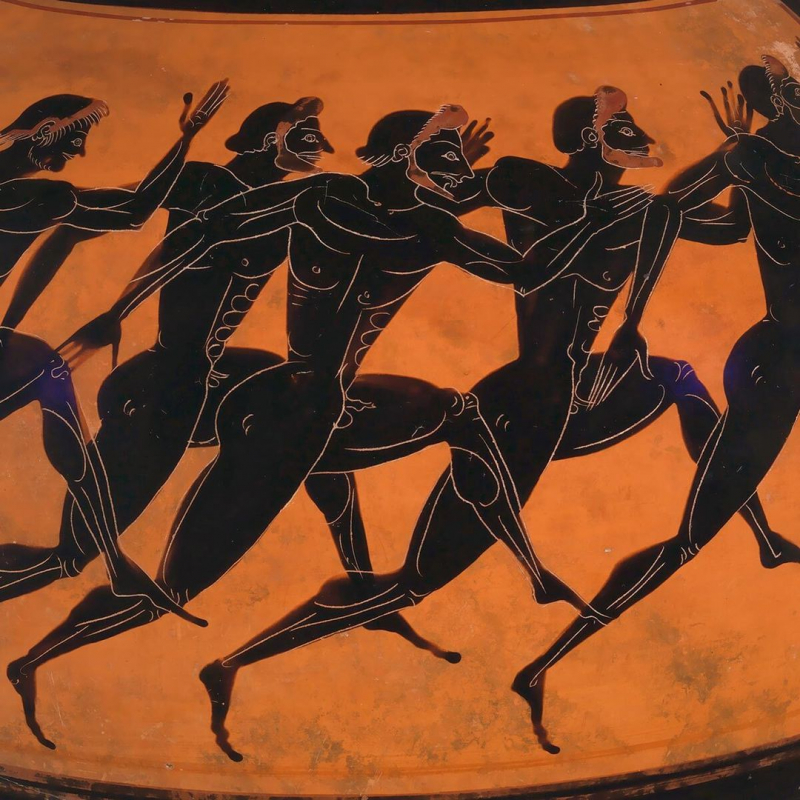
Photo: Metropolitan Museum of Art












